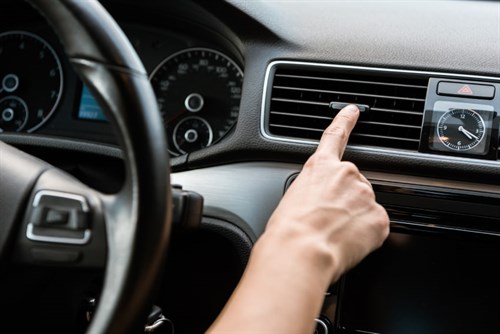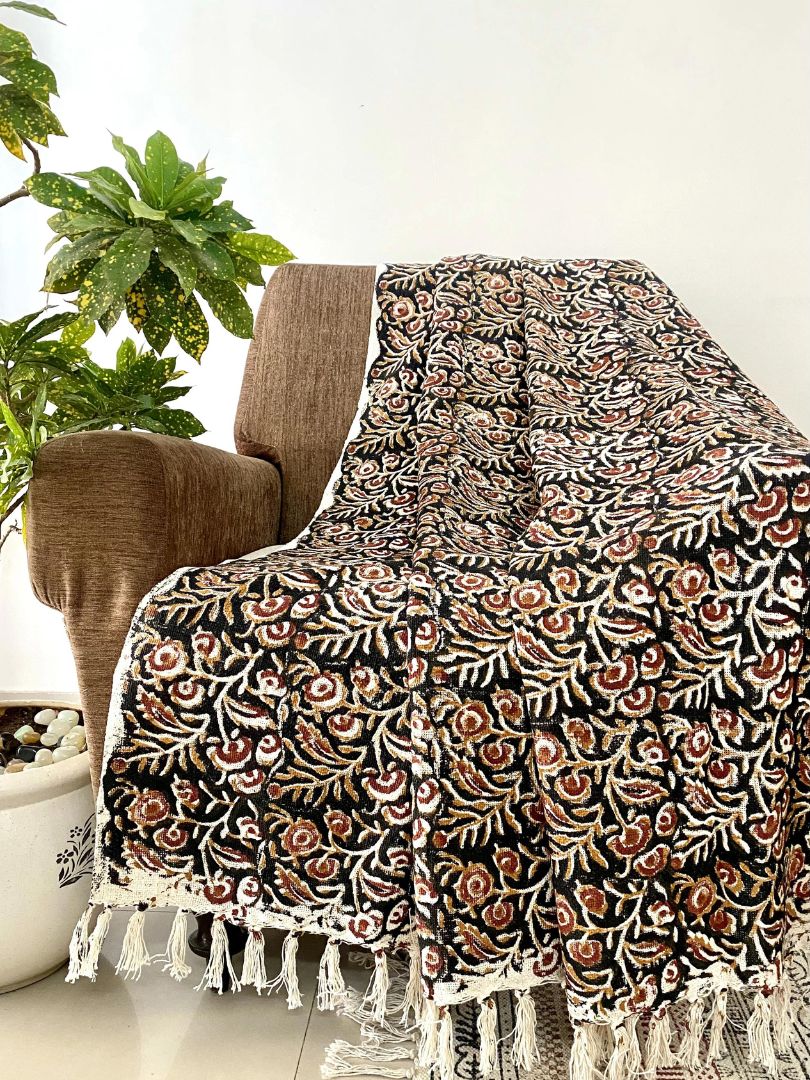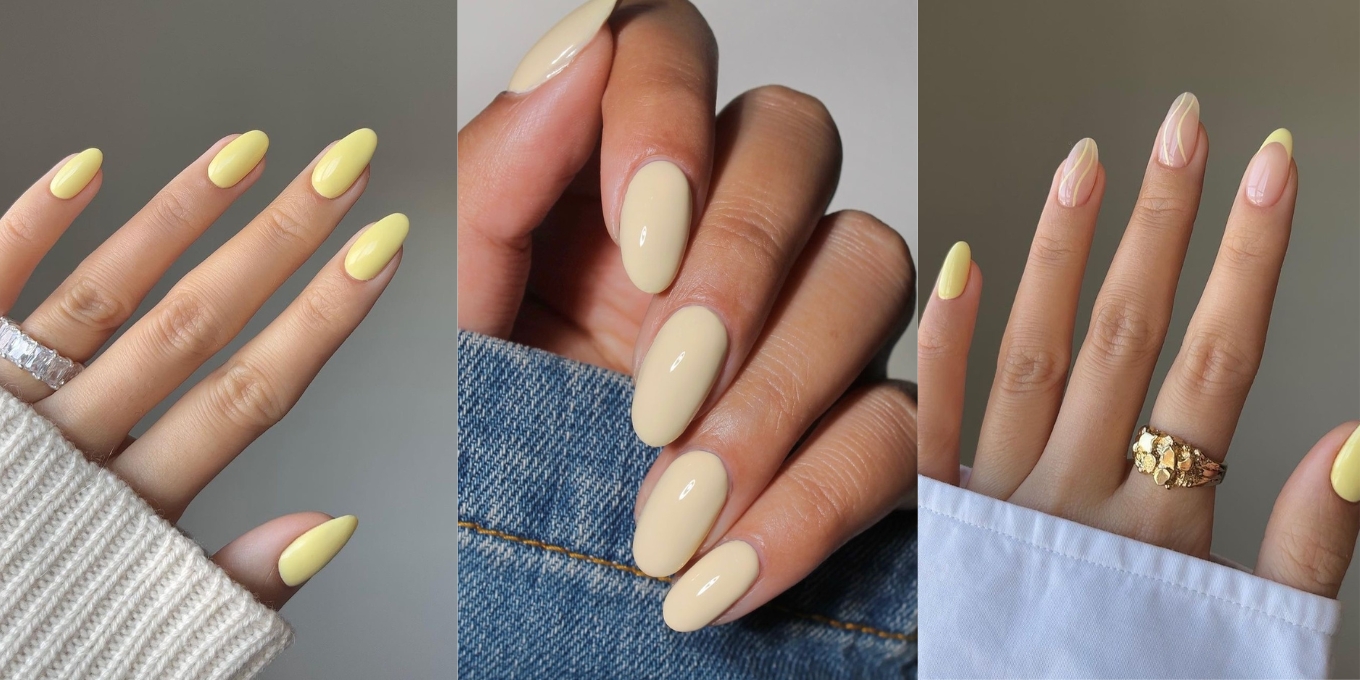Graphic Design Tips to Enhance Your Website’s User Experience

Graphic design and user experience (UX) design share the same branch of a tree of website design. Though they also have distinct roles and responsibilities in the digital market forum, they are interrelated. Through the creation of innovative, eye-catching images and intuitive interfaces, graphic design plays a critical role in improving user experience (UX).
It further helps in improvising navigation and guides users through the content to ensure transparency and clarity. Effective design and content writing help boost engagement, eliminate any kind of confusion, and keep the interface interactive for users. This engaging platform makes a user’s digital experience more enjoyable and seamless.
An appealing design can significantly improve user engagement and retention. Creating the first impactful impression and developing familiarity through persistence connects the users with your website. The aesthetics can evoke many emotions and encourage your users to stay in touch for more relatable content. When users understand that your website is understanding them and it’s effective, they are not going to leave soon. However, 88% of users are likely to not return to your website if it delivers an ineffective user experience.
To save your website from this catastrophe, avail yourself of effective graphic design services in India and make a difference. Good aesthetics and proper design can change the scenario of your website.
2. The Role of Graphic Design in Website UX
The fact that effective visual design can raise the worth of your website is no longer a secret. There are certain roles of graphic design in website UX that help you grow your digital presence. These are:
2.1. Visual Appeal and First Impressions
The website’s visual design significantly impacts visitors’ first impressions. As initial impressions are important and can create an influence that lasts longer, a visually organized site tends to make a positive first impression. This perception influences users to return to the website and explore further. This, in turn, results in huge traffic to the website.
A professional, cohesive visual identity is generally achieved through persistent colors, uniform typography, and a clear layout. This visual identity reflects brand value and credibility. The effective and neat design of the website’s interface can resonate with the visitors’ emotions and effectively catch their attention promptly. This resonance of emotions helps to keep the users engaged and sets the tone for further website experience.
2.2. Usability and Accessibility
Effective graphic design significantly helps users navigate and operate the website with ease. The visual elements like menus, options, and icons are to be placed in an organized and prominent manner. The clear visibility of options to navigate through the website makes it more user-friendly.
It matters not just where the key icons are positioned but also how they are arranged. The menus, options, etc., need to choose the right color contrast, font size, and format to be properly visible to the viewers in the first instance. Ensure that a viewer is not taking too much time to figure out the menus for navigation. This might cause visitors to lose interest in exploring your site.
2.3. Building Trust and Credibility
Consistency in graphic design doesn’t mean not upgrading but staying consistent with the design. Users will perceive your website as professional and trustworthy due to its consistent design. Uniformity and neat interface reflect high-end professionalism and reliability. Users can create an impression of a website being genuine by looking at its clean and organized layout and easy navigation. A cluttered website tends to lose credibility from users faster, leading to a website failure.
The well-organized layout and uniformity effectively reflect professionalism to your visitors. Premium quality images, cohesive branding, and a clutter-free website communicate the real value of the brand to its consumers. As appearance and functionality are in balance, customers are more likely to engage with the brand and form meaningful connections. The appealing visuals act as a storefront for your online site.
3. Graphic Design Tips to Enhance UX
Certain key suggestions can significantly improve the user experience (UX) design. These are:
3.1. Keep It Simple and Minimal
These days, everyone has a very short attention span. There is no need for unnecessary descriptions and cluttered options; get straight to the point. A clean and minimalistic design enhances user experience by mitigating distractions. Focusing on purposeful elements and layout helps to give a website a professional outlook.
Utilizing white space effectively enhances readability and creates a balanced and clean layout that makes the user experience more worthy. When this white space is used well, it improves readability and creates an easy-to-navigate interface.
3.2. Prioritize Visual Hierarchy
Lead your users’ attention to the main visual detail of your website. You need to achieve this meticulous attention through strategic formatting and specific placement of elements and icons.
Put more focus on key components like Call-to-Actions by making them unique and stand out while maintaining the overall design in an organized and seamless way.
3.3. Choose an Appropriate Colour Scheme
Select a colour scheme that aligns effectively with your brand identity. This ensures uniformity and persistence, making your site more professional and resonating with the audience. Using a constant colour palette throughout the website, even after making updates, ensures user satisfaction and enhances brand awareness. The colour scheme is one of the most essential elements in a UX design to boost visibility and credibility.
3.4. Optimize Typography
Typography should be kept as minimal as possible to ensure that audiences from diverse groups can grasp the information from your website equally. Typography is closely associated with readability, which is further related to the usability of the website. Using minimal yet stylish fonts with effective color contrast to enhance clarity can make all the positive difference. Limit usage of not more than two or three types of font styles to give a more professional outlook. Using various styles can make your website look cluttered and may confuse visitors. Maintain a persistent style across headings, subheadings, and content body to enhance the visual appeal.
3.5. Incorporate High-Quality Images and Graphics
All text and no image can sometimes set a monotonous tone, making viewers bored of your website easily. To keep the engagement strong, use customized graphics that are made exclusively for your brand. Sometimes, good graphics can communicate more than a long, well-written blog post.
Ensure the quality of images as the audience gets more attracted to premium-quality graphics. Also, make sure the images are well-optimized with the site to make sure it takes less time to load without compromising on quality. This optimization with loading time and quality-enhanced pictures can boost overall performance.
3.6. Design for Mobile Responsiveness
Most people prefer the mobile interface of your website, so make sure that your website functions well on all kinds of devices. Your website must look visually appealing without losing its authentic alignment and essence.
Conduct routine tests and checks to ensure that your website design is not causing any malfunction. This test ensures the compatibility of the UX design and delivers a flawless experience to all users, especially mobile users.
3.7. Emphasize User-Friendly Navigation
Creating a user-friendly layout results in effective navigation through the website across various screen sizes. Simplify exploration and navigation by leveraging advanced add-on tools and features in your website. This enhances the potential of your website and also boosts user experience.
3.8. Use Animations and Microinteractions Wisely
To eliminate the monotonous theme and drive the audience’s focus to a particular area, use significant and minimal animation. This can enhance the visibility of the prioritized areas and also cut straight to the main point.
Adding minimal animations can be appealing, but overusing them may look bizarre and unprofessional. Stick to minimal required usage of animations to prioritize functionality and create awareness of important elements.
4. Common Graphic Design Mistakes to Avoid
Attaining an efficient level of user experience (UX) design for your website is easy, but it gets complicated with certain errors. There are some common graphic design mistakes that you can avoid; they are:
- Using too many elements and functions on a single page can overwhelm users and distract them from the sole purpose of the website. A cluttered design reduces user satisfaction and can relatively frustrate users. This can lead to the dropping of your website traffic. Choose simple and minimal usage over a cluttered layout.
- Neglecting accessibility features such as proper color contrast ratios and alt text for images made it difficult for users with a disability. Designs that meet accessibility create an inclusive experience for all users, irrespective of their abilities.
- Inconsistency and non-uniformity are signs of unprofessionalism. Mismatched colours, using various types of font styles, inconsistent font sizes, etc., give your website a cluttered website design. Stick to a consistent visual appeal to enhance brand identity as well as evoke sentiments like professionalism and credibility.
Conclusion
Graphic design plays a significant role in improving user experience by curating visually attractive and functional websites that help to resonate effectively with users. In the game of brand recognition, graphic designing is the key player, and User Experience (UX) design is the most valuable player (MVP). By following the aforementioned suggestions, you can significantly influence your website’s UX. Suggestions like choosing simplicity over cluttered design, maintaining consistency, and increasing instructiveness can make all the positive difference in your website.
If you are all set to take your website’s traffic to another level, then consider pairing up with an effective graphic design company in India right now! Widely famous for achieving excellence in creativity and market knowledge simultaneously. Give your business the required customized graphic design solutions to boost your market position. Get in touch today!
Writer Bio:
Mit Thakkar, Co-Founder of Midas Touch Infotech, is a dynamic leader in the web development and design industry. With a mission to craft innovative and user-centric digital solutions, Mit spearheads Midas Touch Infotech in delivering impactful web experiences. His expertise in responsive design, custom development, and cutting-edge technologies positions him as a trusted authority in creating websites that drive business growth and enhance online presence.







